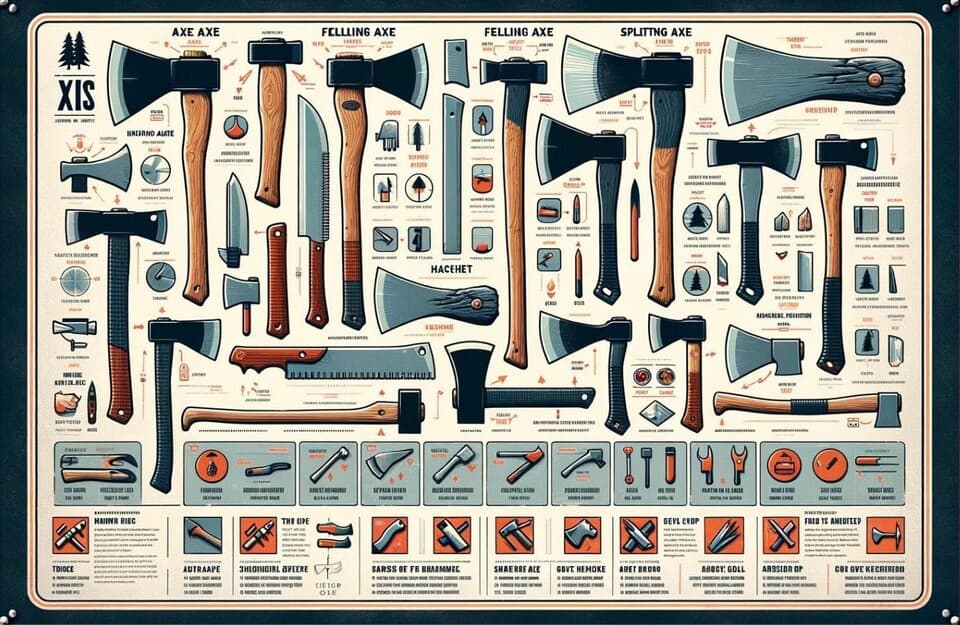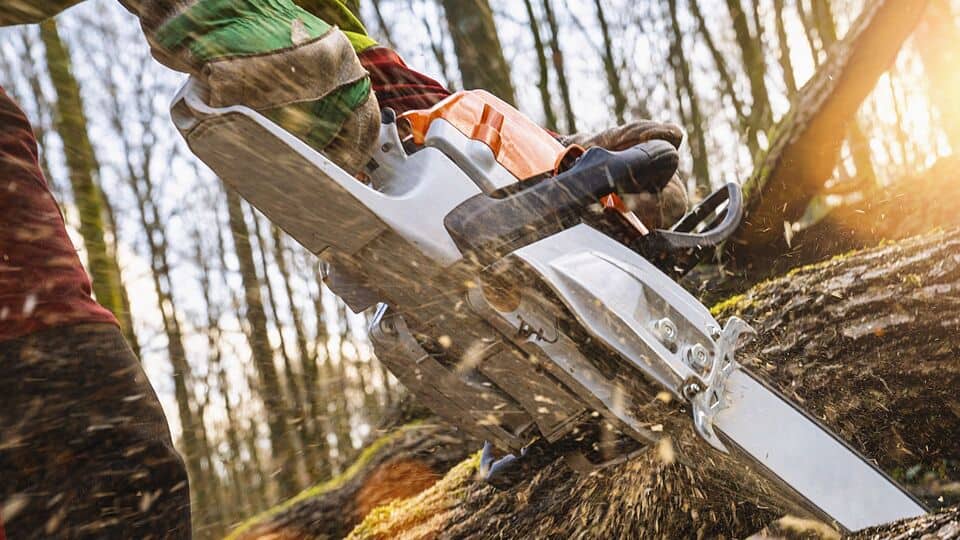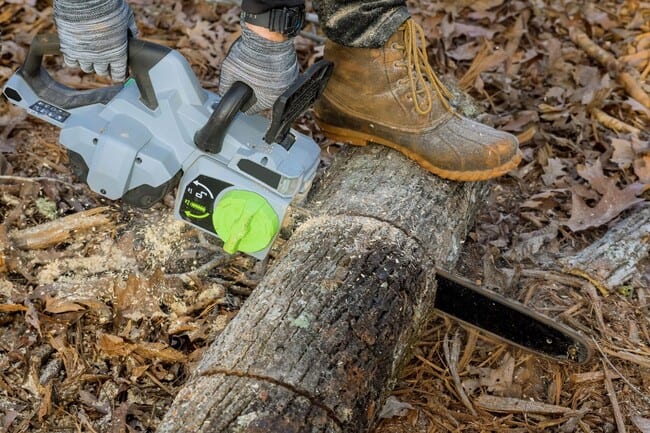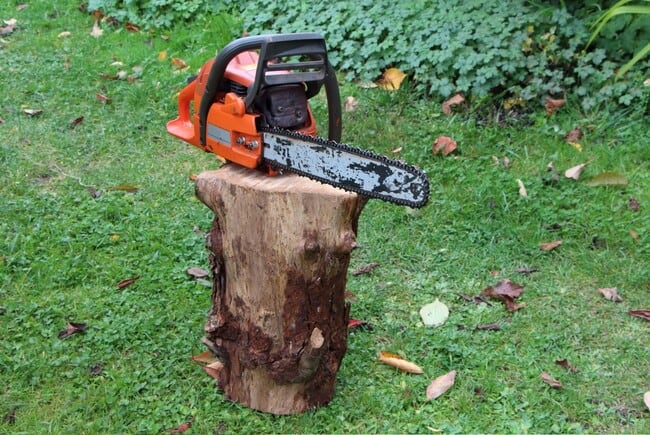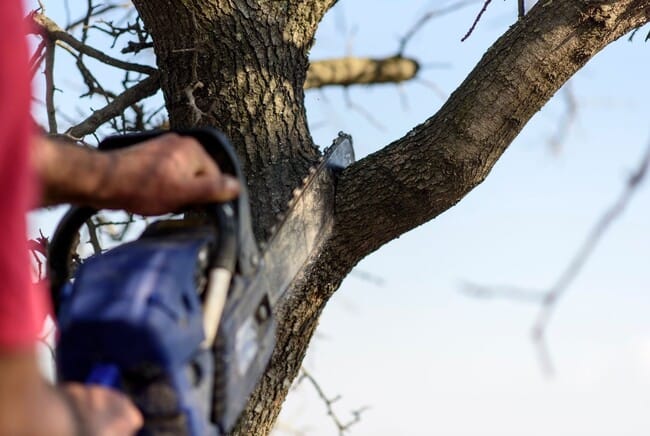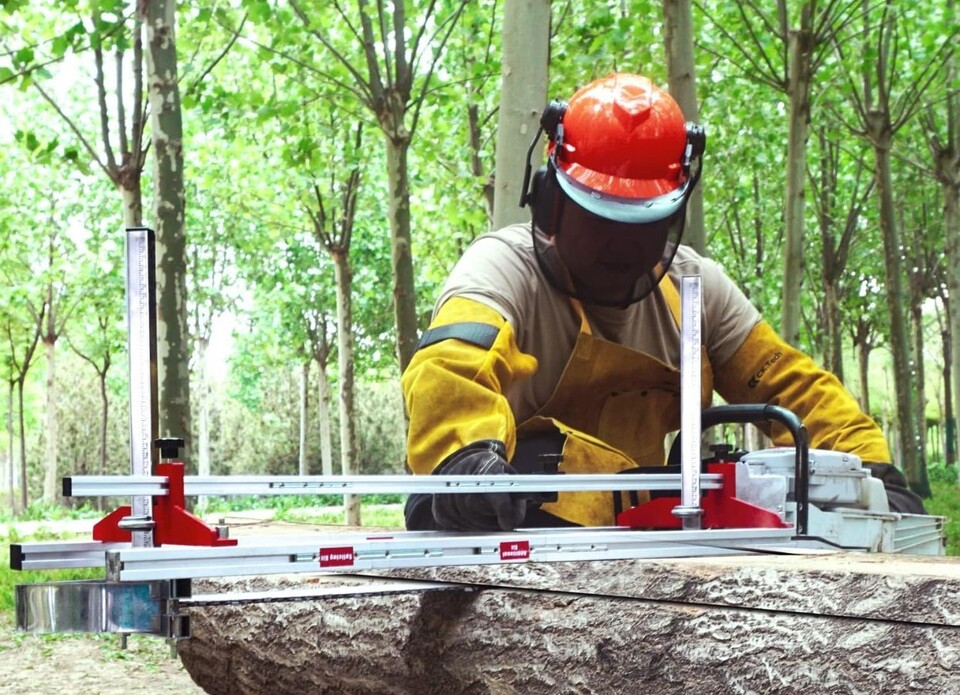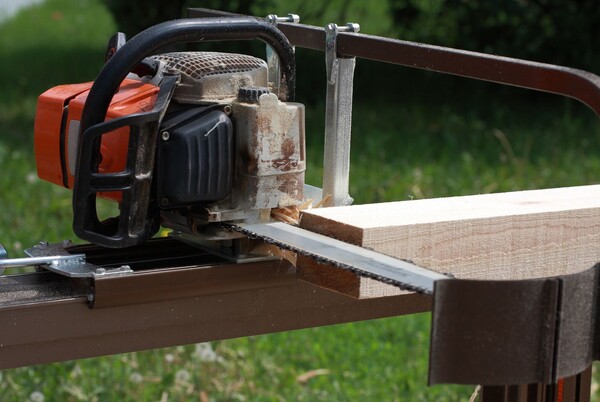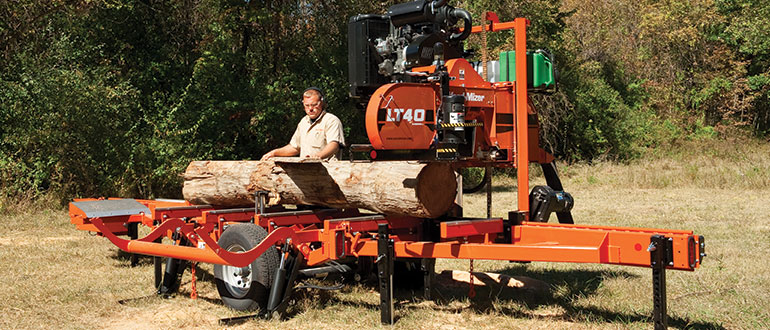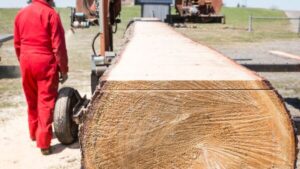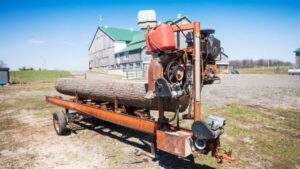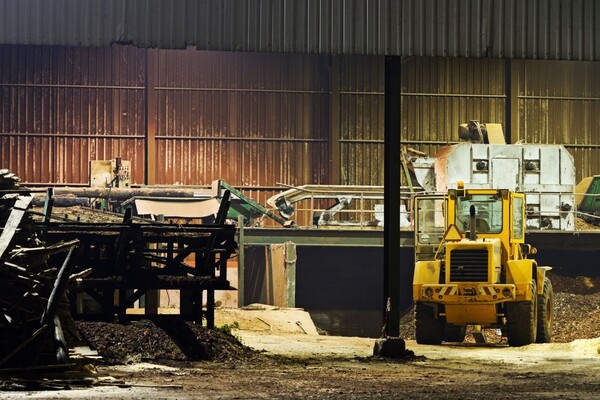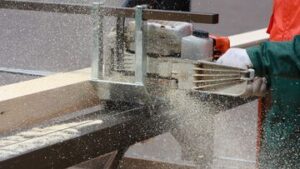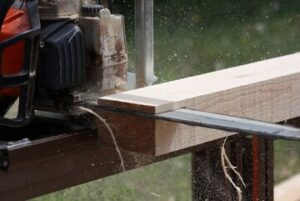As consumers become more conscientious about the origins of wood products, they often encounter certifications like FSC (Forest Stewardship Council) and SFI (Sustainable Forestry Initiative). These programs represent different approaches to forest management and consumer assurance, aiming to promote responsible forestry practices. They serve as indicators of sustainability for a variety of wood-based products ranging from paper to building materials.
Understanding the differences between FSC and SFI is critical for consumers looking to make environmentally responsible choices. The FSC’s global certification system is known for its rigorous environmental and social standards, which require the protection of water quality, prohibit the harvest of rare old-growth forests, and safeguard the rights of indigenous people, among other criteria.
In contrast, SFI, which originated in North America, emphasizes continuous improvement and focuses on broadening the practice of sustainable forestry across North America through standards that incorporate scientific research and community involvement.
The distinctions also extend to the scope and scale of their respective certification processes. FSC operates an independent, third-party certification model, which some argue adds to its credibility. SFI, meanwhile, has close ties to the forest industry, which offers both benefits and challenges in terms of business engagement and public perception.
Each certification has its proponents and critics, and they are both evolving in response to global sustainability concerns. Interested in getting your Lumber Certificate? Check out this article on how to get one here.
Understanding FSC and SFI Certifications
Eco-conscious consumers and businesses often navigate the complexities of sustainable forestry certifications. The Forest Stewardship Council (FSC) and the Sustainable Forestry Initiative (SFI) are prominent programs that certify forests and forest products for their environmental, economic, and social standards.
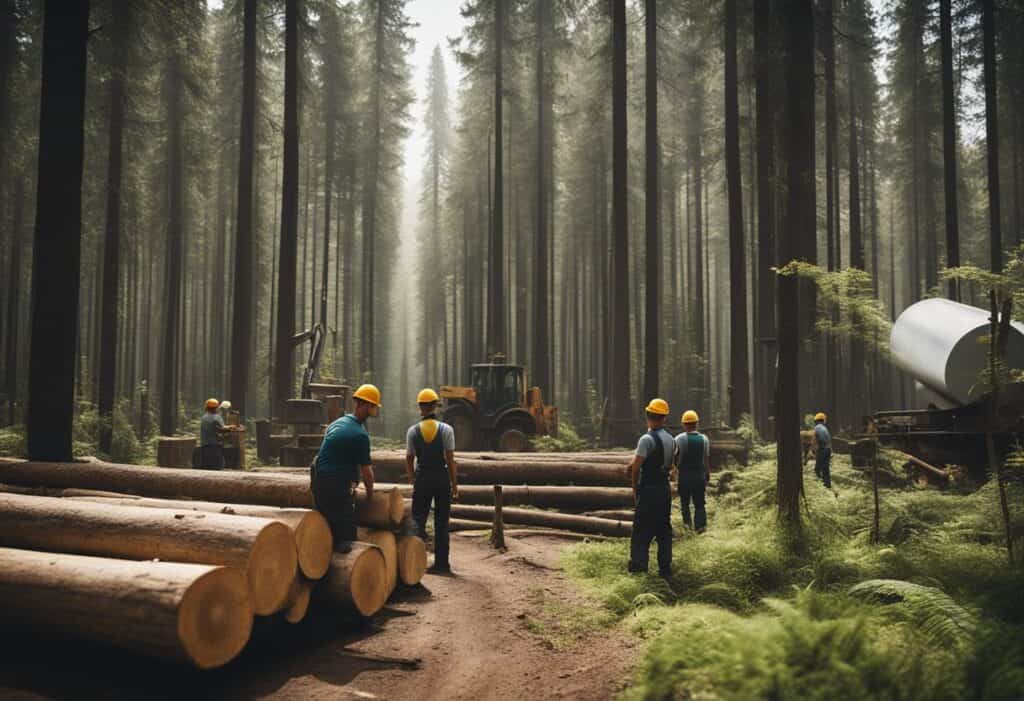
History and Mission of Certifications
The Forest Stewardship Council (FSC) was established in 1993, in response to global concerns over deforestation. The FSC’s mission is to promote environmentally sound, socially beneficial, and economically prosperous management of the world’s forests. They aim to do this through a set of principles and criteria that span economic, social, and environmental aspects of forestry.
The Sustainable Forestry Initiative (SFI) was founded in 1994. SFI’s mission focuses on sustainability, the health of forests for future generations, and the promotion of responsible forestry practices. It was created initially by the American Forest and Paper Association with the goal of offering a North American alternative to the FSC.
Forest Certification Processes
The certification process for both FSC and SFI involves an extensive review of a forest management entity’s practices against a set of standards.
- FSC Certification Process:
- Evaluation by an independent FSC-accredited certification body.
- Compliance with FSC’s 10 Principles and 70 Criteria related to legal issues, indigenous rights, labor rights, and environmental impacts.
- Chain of Custody certification ensuring that products passing through the supply chain come from responsibly managed forests.
- SFI Certification Process:
- Conducted by independent and accredited third-party organizations.
- Compliance with SFI’s standards that cover measures to protect water quality, biodiversity, wildlife habitat, species at risk, and forests with exceptional conservation value.
- Chain of Custody certifications, as well as Fiber Sourcing certifications for companies that do not own or manage forests but procure wood directly from forests.
Governance and Standards for The Certifications
Governance structures for both FSC and SFI include a diverse array of stakeholders, including environmental groups, the timber industry, and academic institutions. Differences exist, however, in the specifics of their governance and standard-setting processes.
- FSC Governance and Standards:
- International structure with national chapters.
- Standards are set by a membership system that includes environmental NGOs, social groups, and economic interests.
- Policies and standards are updated through a democratic process, which involves the input of all member groups.
- SFI Governance and Standards:
- Single North American entity guided by a board representing environmental, social, and industrial stakeholders.
- Standards developed through a process that involves public comment and collaboration with conservation groups, local communities, resource professionals, and industry experts.
- Continuous improvement requirement that encourages participants to go beyond the basic standards.
Comparative Analysis of FSC and SFI

In assessing the differences between the Forest Stewardship Council (FSC) and the Sustainable Forestry Initiative (SFI), it is essential to examine their standards and requirements, environmental impact, and market recognition and acceptance.
Standards and Requirements
FSC and SFI both have established certification processes designed to ensure sustainable forest management, but they differ in specifics. The FSC offers three types of certificates reflecting different aspects of forestry, including FSC Forest Management (FM), FSC Chain of Custody (CoC), and FSC Controlled Wood.
The SFI certification, on the other hand, includes standards for Sustainable Forest Management, Fiber Sourcing, and Chain of Custody. A detailed comparative analysis is available in the document “Comparing SFI and FSC Certification Standards.”
- FSC emphasizes Indigenous Peoples’ rights, worker’s rights, and forest management practices that conserve biological diversity and ecological functions.
- SFI focuses on continual improvement, legal compliance, and research to support sustainable forest management.
Environmental Impact
Both certifications aim to minimize environmental impact, but the approach and strictness of guidelines vary. FSC is generally recognized for its stronger conservation value. They protect water quality, prohibit the conversion of natural forests into plantations, and ban the use of hazardous chemicals.
In contrast, SFI standards are rooted in promoting sustainable forestry practices in North America which are specific to regional practices and laws, including measures to protect water quality, biodiversity, wildlife habitat, and species at risk.
Market Recognition and Acceptance
Market recognition plays a pivotal role in the success of certification programs. FSC is more widely recognized in international markets due to its longer presence and is often preferred by environmental organizations.
SFI, meanwhile, has a strong presence in North America and is commended by the forest industry for its practicality and focus on local forest conditions and legal frameworks. Stakeholder acceptance varies, though both certifications have made strides in gaining recognition from multiple parties across the supply chain.


